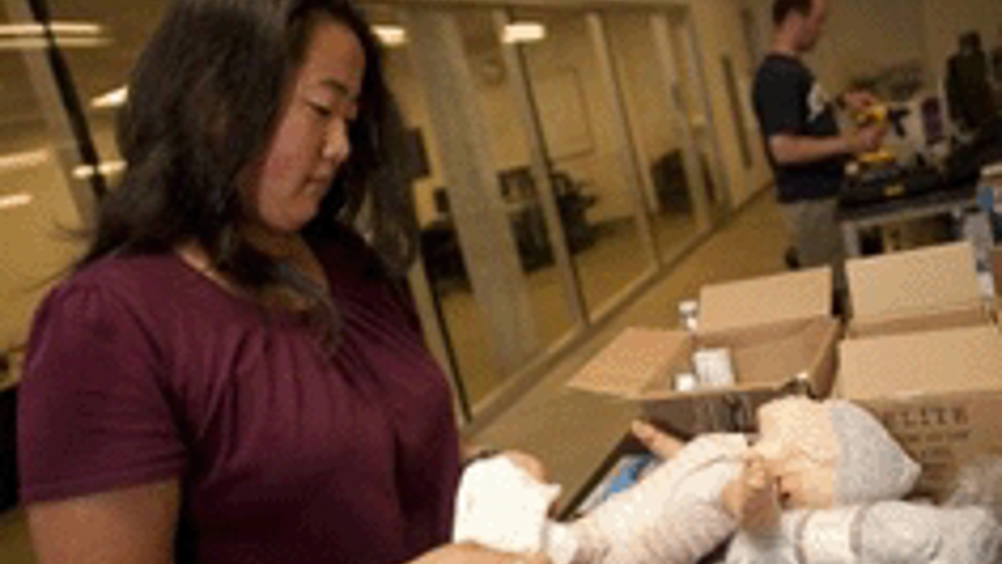Baby bubbler could help cut infant mortality
Students at Rice University, Texas have developed a device dubbed the Baby Bubbler which is designed to help children with acute respiratory infections breathe naturally as they recover.

Figures from the World Health Organization suggest that around 20 per cent of deaths in children under five are caused by acute lower respiratory infections and that 90 per cent of those deaths are caused by pneumonia.
Rice’s global health team recognized the need for a portable device for infants that can be taken to countries lacking resources for medical equipment.
‘Our device is not a replacement for a ventilator – it’s a respiratory support device,’ said Heather Machen, who advised the students. ‘Unlike a ventilator, a patient must be able to breathe on his or her own. With the use of CPAP, many children will be able to recover without a ventilator.’
The Baby Bubbler - which also has the more formal designation of Continuous Positive Airway Pressure (CPAP) device - has two main components, said Michael Pandya, who helped develop it.
One component, a flow generator, pumps air through a tube and allows clinicians to add oxygen if needed. The tube goes from the generator to the infant, who breathes through nasal prongs, and then to the second component, a water bottle that serves as a regulator.
Register now to continue reading
Thanks for visiting The Engineer. You’ve now reached your monthly limit of news stories. Register for free to unlock unlimited access to all of our news coverage, as well as premium content including opinion, in-depth features and special reports.
Benefits of registering
-
In-depth insights and coverage of key emerging trends
-
Unrestricted access to special reports throughout the year
-
Daily technology news delivered straight to your inbox










Water Sector Talent Exodus Could Cripple The Sector
Maybe if things are essential for the running of a country and we want to pay a fair price we should be running these utilities on a not for profit...